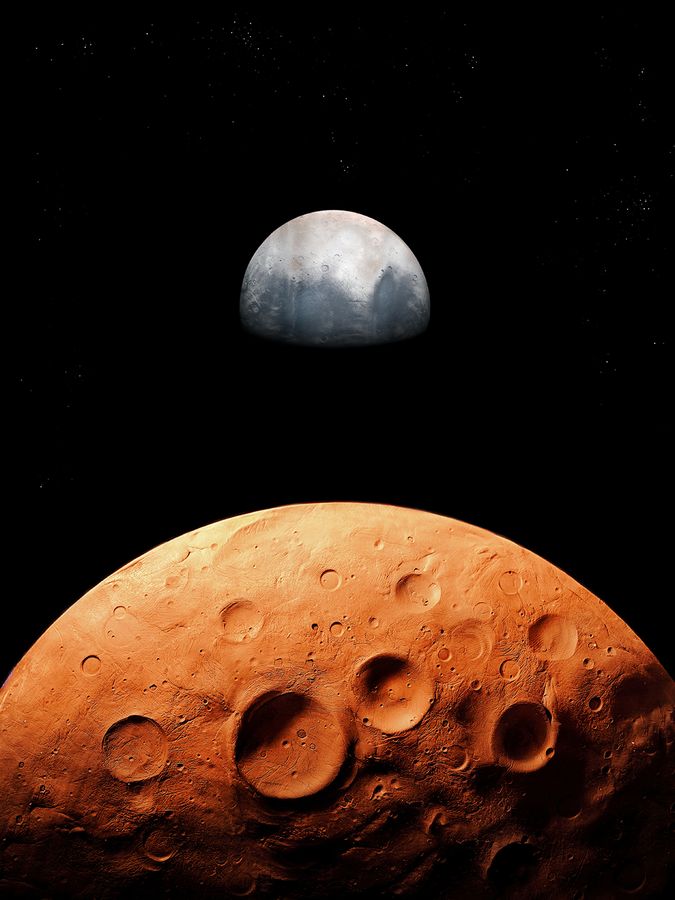
NASA suggests frozen water on Mars could harbour life
Produced by: Tarun Mishra Designed by: Manoj Kumar


Potential for Life Under Mars’ Frozen Water
A new NASA study suggests that life could exist beneath the frozen water on Mars. Microbes might survive in shallow pools of meltwater, similar to ecosystems found under Earth’s ice, providing a potential habitat for life on the Red Planet.

Beneath Martian Ice
The study, led by Aditya Khuller of NASA’s Jet Propulsion Laboratory, used computer models to show that sunlight can penetrate Martian ice, making photosynthesis possible in subsurface pools. This could support microbial life, as seen in Earth’s ice-covered waters.

Earth-Based Comparison
On Earth, algae, fungi, and cyanobacteria thrive in water pools beneath ice, powered by photosynthesis. The researchers propose that a similar process could occur on Mars, offering a parallel for understanding potential life beneath Martian ice.

Martian Ice Ages Contributed to Ice Formation
The research focused on water ice that formed during past Martian ice ages. Snow mixed with dust solidified into ice on the planet’s surface, creating the conditions that could allow subsurface water to form when exposed to sunlight.

Role of Dust in Forming Meltwater Pockets
The study highlights the importance of dust in melting Martian ice. Dust particles absorb sunlight, warming the ice and allowing meltwater to form up to a few feet below the surface. This process creates conditions favourable for microbial life.

Challenges From Mars’ Atmosphere
Some scientists argue that Mars’ thin, dry atmosphere makes it difficult for ice to melt. However, the study suggests that under the dusty snowpack or glaciers, ice may still melt and form water pockets, despite surface conditions.

Earth’s Meltwater Pockets Offer Insight
On Earth, dust creates pockets of meltwater within ice, supporting ecosystems. The study proposes that a similar phenomenon could occur on Mars, providing potential habitats for simple lifeforms beneath the ice.

Martian Ice as a Protective Shield
According to the research, Martian ice layers not only allow sunlight to reach subsurface pools but also protect them from evaporation and harmful radiation. This is crucial since Mars lacks a magnetic field to shield it from cosmic rays and solar radiation.